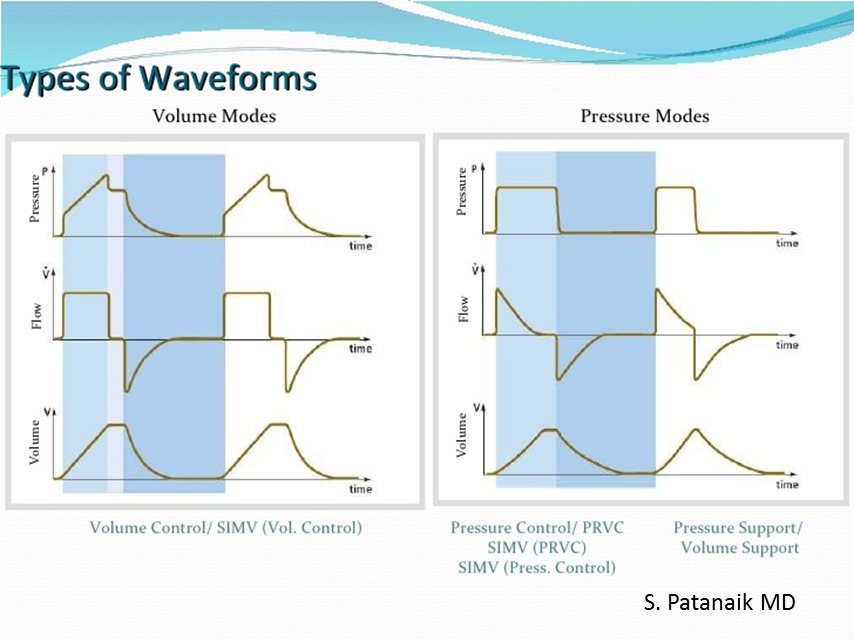Vent 101
/So, you have correctly identified that a patient needs mechanical ventilation - can’t oxygenate, can’t ventilate, can’t protect their airway, poor anticipated clinical course, or can’t control their secretions - but now what do you do?
Select a Mode: Assist-Control vs SIMV vs PSV
Select a Target: Volume control, pressure control
Set some Variables: rate, TV, Pressure PEEP, FiO2
There is often confusion about the mode and the target of the ventilator. The Mode refers to how the ventilator interacts with the patient, whereas the Target is how the ventilator measures and delivers breaths. The Assist-Control mode on a ventilator ensures that all breaths are the same; if the patient triggers the breath it will be assisted to reach the set Target (volume or pressure) or if the patient does not trigger a breath the ventilator will deliver one. In Synchronized Intermittent Mandatory Ventilation, the ventilator will have a set number of mandatory breaths with a target (pressure or volume), but patient triggered breaths will not be strictly “controlled.” These patient triggered breaths may be given some assistance in the form of pressure-support but without a specific target in the vent’s mind. On the right, note the different in the spontaneous breaths between the two charts.
When considering the ventilator settings, think about the Three T’s:
What triggers a breath - patient or time?
What is the ventilator targeting - flow or pressure?
How does the vent know when to terminate a breath - volume or time?
This breakdown will help you make sense of the flow curves on the vent. Looking to the picture comparing volume and pressure modes, take note at which curve is flat on top - this is the part of the breath that the vent is targeting. In pressure-control, the pressure is set. In volume control, the flow is set - because you can’t measure volume without “flow x time.”
Gene Novikov, MD


